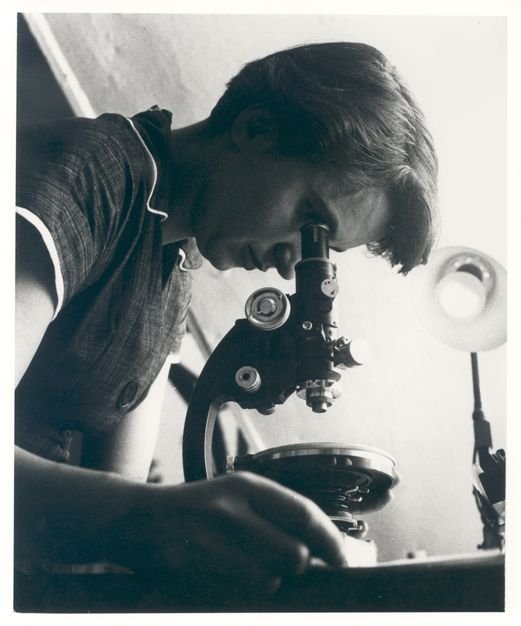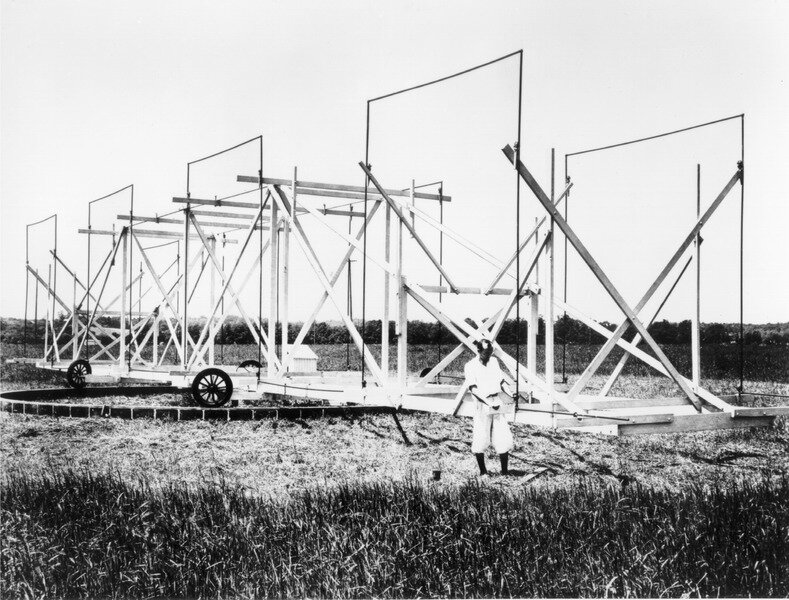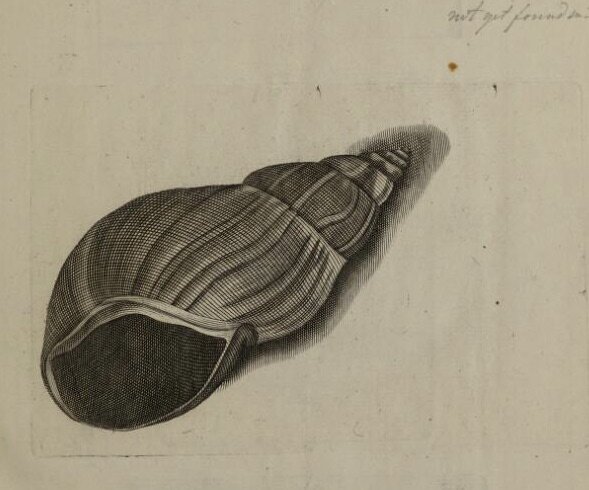
Telling Time in Tokugawa Japan: Physics Today
“In 17th-century Japan, Western clocks seemed nonsensical to consumers because they measured time in 24 equal hours and were dissociated from natural events like dawn and dusk. By contrast, the Japanese people divided their day into 12 unequal hours, following an ancient Chinese system introduced in Japan in the 7th century.”

One of the Most Egregious Ripoffs in the History Of Science | Nautilus
“Markel is not the first to report one of the worst episodes in the double helix drama—that Wilkins, without Franklin’s knowledge, went into a file room and retrieved a photographic print, created by experiments designed by Franklin, and showed it to Watson. The print, “Photograph No. 51,” revealed that DNA had a three-dimensional form in the shape of a double helix.”

Book Review: The Mirage of a Town Without Cellphones | Undark
“Kurczy grounds readers with a brief but compelling history of radio astronomy: In 1931, scientist Karl Jansky accidentally discovered radio waves from space and presented his findings two years later. The field took off after World War II, and by the mid 1950s the National Science Foundation was ready to create a radio-astronomy research center — but where?”

On the Link Between Great Thinking and Obsessive Walking: Literary Hub
“There is in fact a sort of harmony discoverable between the capabilities of the landscape within a circle of ten miles' radius, or the limits of an afternoon walk, and the threescore years and ten of human life. It will never become quite familiar to you.”

When Science Breaks Bad | Arstechnica
Q. How would you go on an expedition to tropics in XVIII century?
A. “If you were an English naturalist in 1771 and you wanted to collect specimens from the tropics, you had to go on a slave ship; those were the only ships that went.

An Incomparable Intellectual Who Fell Through the Cracks of History | Nature
“She lived the longest on the publickest Scene, she made the greatest Figure in all the Revolutions of these Kingdoms for above fifty Years, of any Woman of our Age. She employed it all for doing good to others, in which she laid out her Time, her Interest, and her Estate.”

Martin Lister and His Daughters | Scientific Illustrators
“They started at a young age, taught by their father, and spent almost a decade working on his project Historiae Conchyliorum, a study of molluscs with detailed illustrations of shells. They were Susanna and Anna(e) Lister and they lived more than three hundred years ago.”

Revisiting the 'She Doctor' Panic of 1869 | Undark Magazine
“Preston remained unfazed. After another 13 years of persistence the hospital finally gave in again. Now, Ann and her students would test the waters a second time with a new crop of students. And the male students did their best to trouble that water.”

The Zoologist’s Guide to the Galaxy | Undark Magazine
Q. But how do they look?
A. Nobody knows, we can only imagine.

A scientist and Dancer | Undark | Arstechnica
“I am among those who think that science has great beauty.” As quoted in Madame Curie : A Biography (1937) by Eve Curie.
“Intoxicating art and, simultaneously, an industrial accomplishment”. Mallarme on Loie Fuller, ”Les fonds dans le ballet”, 1893.

The Classification of Humankind, and the Birth of Population Science | The MIT Press Reader
“While others made similar claims before him — Machiavelli, for example, asserted that population will expand until “the world will purge itself” through means of plagues or famines — Malthus’s pessimistic provocation provided fertile and innovative ground for later engineers, futurists, and optimists alike.”

How Storytellers Use Math ( Without Scaring People Away) | Literary Hub
Dan Rockmore on Infinite Powers by Steven Strogatz and The Weil Conjectures by Karen Olsson.